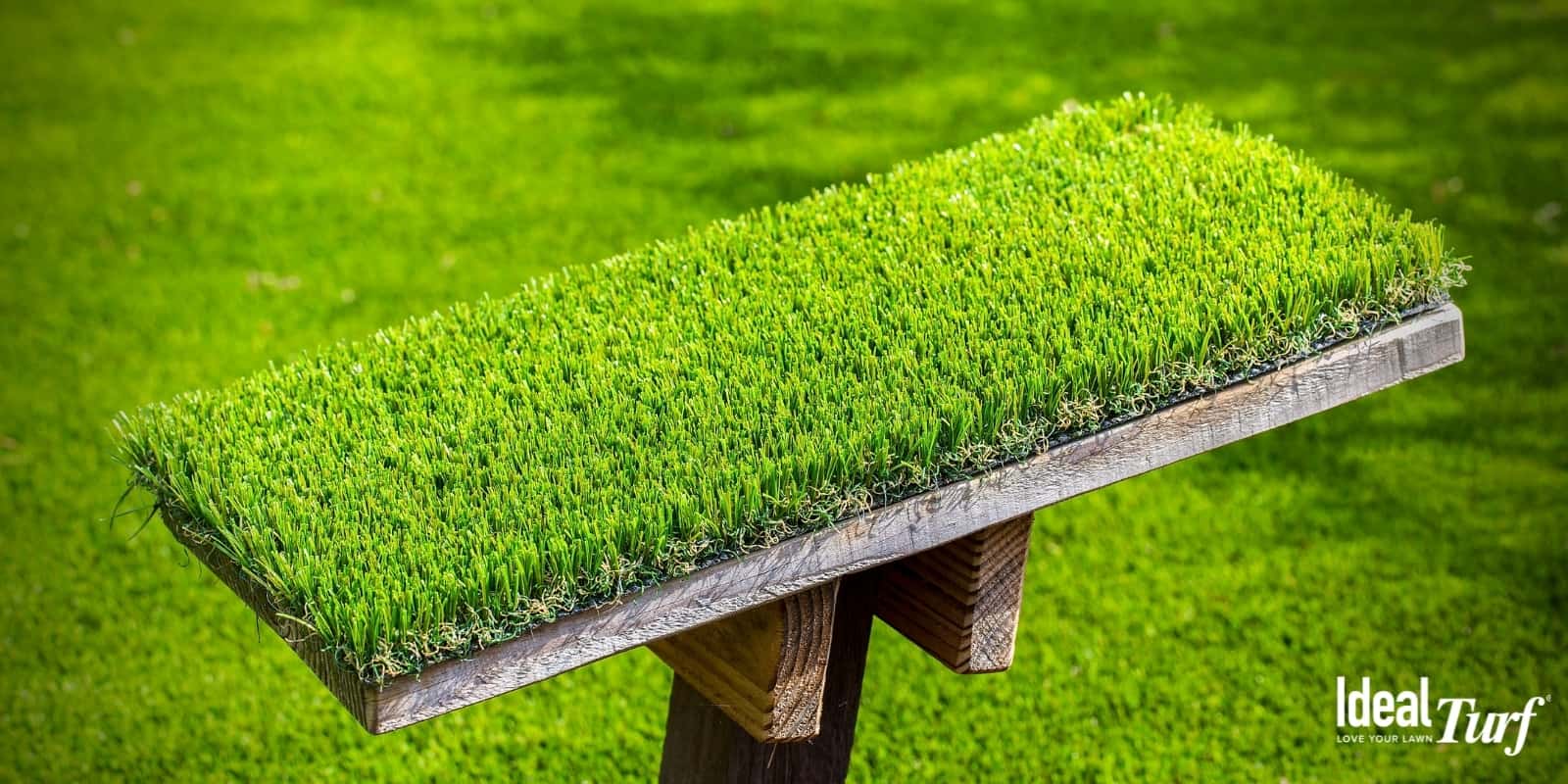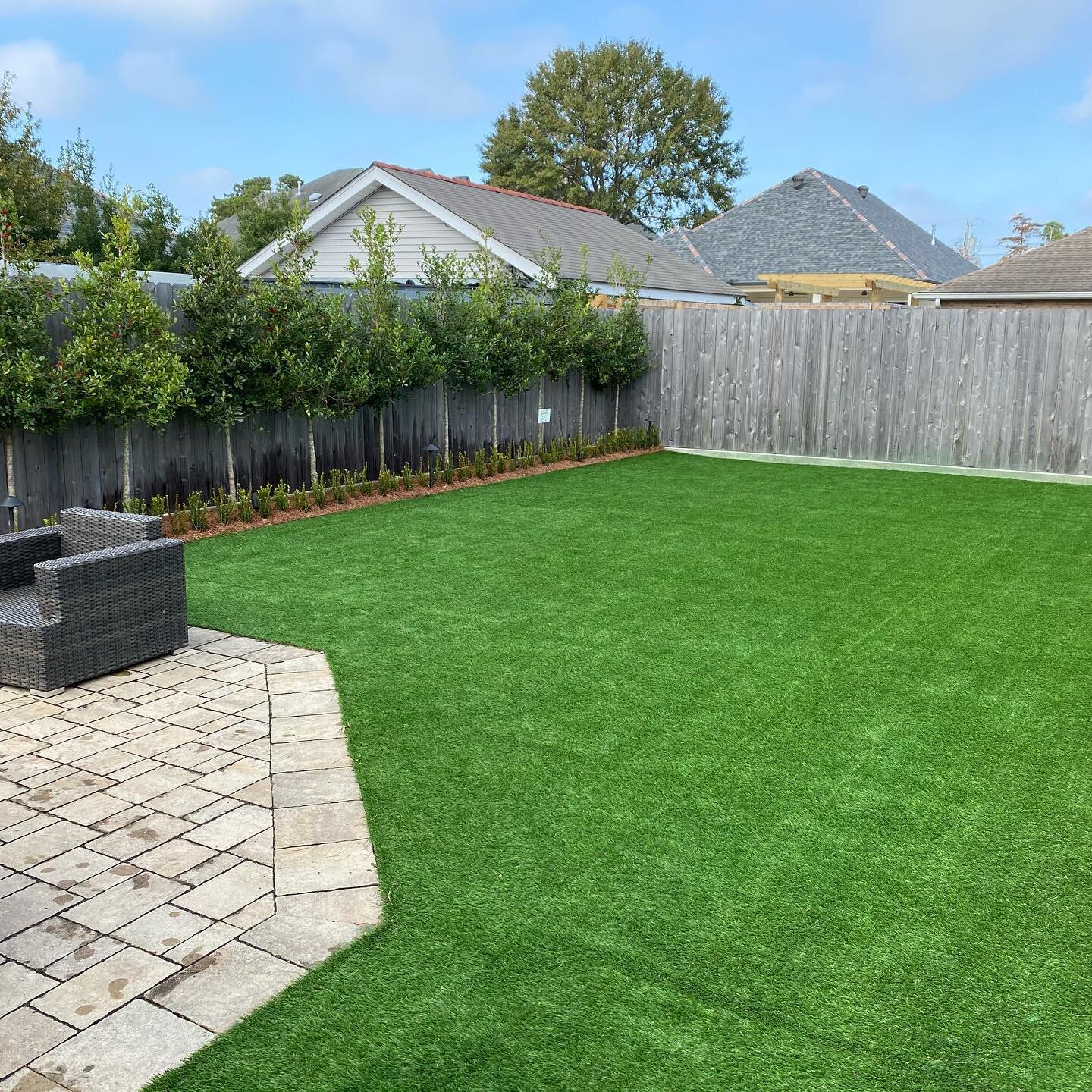Leading Phoenix Turf Companies Offering Superior Synthetic Lawn Solutions
Leading Phoenix Turf Companies Offering Superior Synthetic Lawn Solutions
Blog Article
Look Into the Environmental Benefits of Opting for Synthetic Grass Solutions
The adoption of man-made grass solutions presents a compelling chance to attend to pressing ecological challenges. By dramatically lowering water usage and decreasing the application of hazardous chemicals, these alternatives not just advertise sustainable landscape design yet likewise safeguard local ecosystems.
Water Preservation Perks
One of the most substantial benefits of artificial lawn is its capability to conserve water. In comparison, man-made turf does not require watering, significantly lowering the total need for water sources.
By getting rid of the need for routine watering, synthetic grass contributes to lasting landscape methods and helps minimize the ecological influence of extreme water usage. In addition, the conservation of water includes the decrease of runoff, which can result in soil disintegration and river air pollution.
Additionally, the setup of synthetic grass allows house owners and communities to designate water sources more successfully, concentrating on vital uses such as alcohol consumption water and farming. The shift in the direction of synthetic grass not only advertises liable water use however also straightens with wider environmental objectives targeted at preserving natural deposits.
As neighborhoods progressively prioritize sustainability, the water conservation advantages of fabricated grass provide an engaging instance for its fostering in industrial and property landscape design projects.
Minimized Chemical Use
The transition to fabricated turf dramatically reduces the dependence on chemical therapies generally used in all-natural yard maintenance. Standard grass monitoring normally includes the application of herbicides, plant foods, and chemicals to advertise development and control bugs. These chemicals can present risks to human wellness, regional wildlife, and the atmosphere, adding to dirt and water contamination.
In contrast, fabricated grass removes the requirement for these dangerous compounds. By lessening the launch of synthetic compounds into the ecological community, synthetic turf advertises healthier soil and water systems.
Furthermore, the lack of chemical runoff connected with synthetic grass installations aids protect neighborhood waterways from air pollution, sustaining marine life and maintaining biodiversity. Arizona artificial turf. As areas significantly focus on lasting techniques, deciding for man-made lawn offers a sensible service that straightens with environmental conservation objectives. With this shift, homeowner can delight in rich environment-friendly spaces without jeopardizing environmental wellness, leading the way for an extra sustainable future
Reduced Carbon Impact

In addition, the installment of synthetic grass can result in significant water preservation. Natural lawns need substantial quantities of water for watering, which not just includes in the carbon impact associated with water extraction and treatment however likewise pressures neighborhood water resources. In contrast, man-made turf needs minimal maintenance, needing no watering, consequently significantly decreasing water use and its linked energy costs.
In addition, the longevity of artificial lawn adds to its lower carbon influence. With a life expectancy of up to 15 years or more, the demand for regular replacements is decreased, resulting in much less waste and lower energy consumption in production and disposing of traditional grass options. Overall, synthetic grass offers a lasting alternative for eco aware landscaping.
Habitat Preservation
Habitat preservation is an important factor to consider in the debate over landscaping options, specifically when comparing synthetic grass to all-natural grass. Natural grass lawns commonly need substantial maintenance, consisting browse this site of making use of chemicals, plant foods, and herbicides, which can adversely influence regional environments. These chemicals can leach into the soil and rivers, harming native vegetation and animals and disrupting local habitats.
In contrast, artificial lawn offers a chance to decrease the ecological footprint of landscaping. By going with artificial grass, homeowners can lessen the interruption of all-natural habitats connected with traditional grass treatment methods. Fabricated turf gets rid of the need for unsafe chemicals, consequently shielding neighboring wildlife and preserving the stability of surrounding communities. Moreover, the setup of synthetic grass can cause the conversion of previous yard locations into more biodiverse landscapes, such as pollinator gardens or native plant areas, which can support regional wildlife.
Inevitably, the shift to synthetic grass not just conserves water and lowers upkeep efforts however also cultivates a more harmonious partnership between human tasks and the natural surroundings, promoting habitat preservation at the same time.
Long-Term Sustainability
Long-term sustainability is a critical factor in examining the advantages of fabricated turf over traditional yard yards. Among one of the most considerable advantages of synthetic grass Discover More Here is its sturdiness; it can last approximately 15-20 years with marginal upkeep, whereas natural yard needs frequent reseeding and substitute. This longevity minimizes the need for consistent resources, such as water, fertilizers, and pesticides, which are necessary for keeping a healthy and balanced grass yard.
Additionally, synthetic grass adds to a decrease in carbon discharges connected with lawn care devices. Traditional grass frequently require gas-powered lawn mowers, trimmers, and blowers, every one of which contribute to air contamination. Arizona turf. On the other hand, artificial grass eliminates the requirement for such devices, advertising a cleaner environment
Additionally, the production of man-made lawn progressively makes use of recycled materials, boosting its sustainability profile. As manufacturers take on environmentally friendly techniques, the ecological footprint of synthetic grass proceeds to reduce.

Verdict
The adoption of fabricated grass solutions provides substantial environmental benefits, including considerable water preservation, lowered reliance on dangerous chemicals, and a reduced carbon footprint. Furthermore, synthetic grass visit this web-site help in maintaining natural habitats by reducing land disturbance and advertising long-term sustainability via using sturdy materials. Collectively, these variables underscore the capacity of artificial turf to add positively to ecological health and wellness and provide a practical option to typical landscape design practices in a progressively resource-conscious globe.
In comparison, fabricated turf does not require watering, considerably minimizing the general demand for water resources. By decreasing the release of artificial substances into the environment, fabricated turf advertises much healthier dirt and water systems.
Moreover, the installment of man-made lawn can result in considerable water preservation. In comparison, synthetic turf requires minimal maintenance, calling for no watering, thus dramatically lowering water usage and its linked energy prices.

Report this page